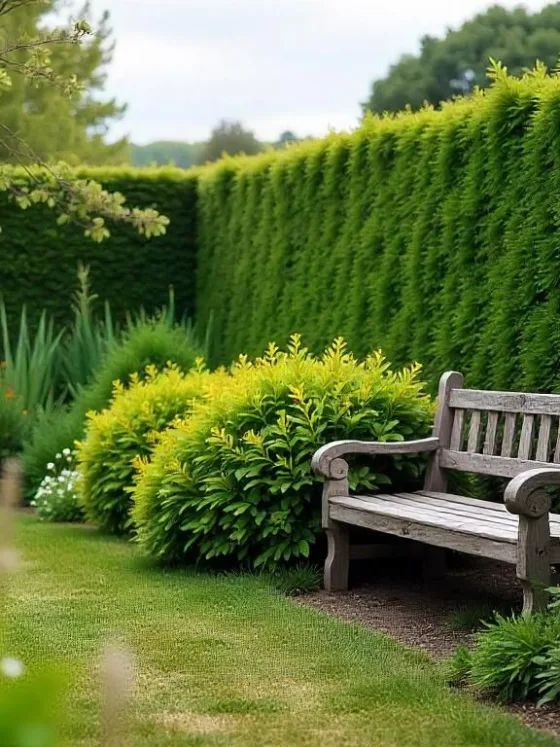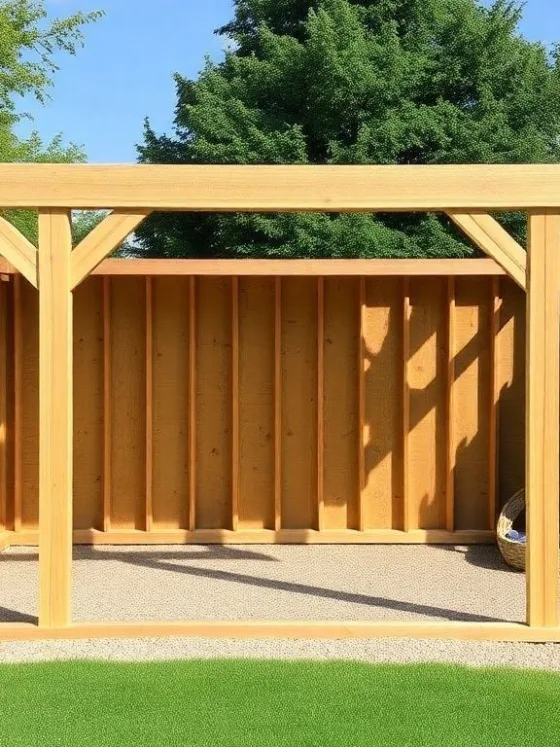Table of Contents Show
Welcome to our blog, fellow gardening enthusiasts! Today, we’re diving into the wonderful world of blueberries and how you can successfully grow them in Zone 6. Whether you’re a seasoned gardener or just starting out, we’ve got some tips and tricks to help you achieve a bountiful harvest of these delicious and nutritious berries.
Choosing the Right Blueberry Varieties
Before you start planting, it’s important to choose blueberry varieties that are well-suited for Zone 6. Some popular options include ‘Bluecrop,’ ‘Jersey,’ and ‘Legacy.’ These varieties are known for their adaptability to cooler climates and their ability to produce abundant crops.
Preparing the Soil
Blueberries thrive in acidic soil with a pH level between 4.5 and 5.5. If your soil’s pH is too high, you can lower it by adding elemental sulfur or acidic organic matter like pine needles or peat moss. It’s also a good idea to mix in some compost to improve the soil’s fertility and drainage.
Planting and Spacing
When planting blueberries, make sure to space them about 4 to 6 feet apart to allow for proper air circulation. Dig a hole that is twice as wide and deep as the plant’s root ball. Gently loosen the roots and place the plant in the hole, making sure that the crown is level with the ground. Backfill the hole with soil and water thoroughly.
Providing the Right Conditions
Blueberries love full sun, so make sure to choose a location in your garden that receives at least 6 to 8 hours of direct sunlight each day. They also prefer well-draining soil, so avoid areas that tend to hold water. Mulching around the plants can help retain moisture and control weeds.
Also Read:
Watering and Fertilizing
Blueberries have shallow roots, so they require consistent moisture. Water them regularly, especially during dry spells, and make sure the soil stays evenly moist. Avoid overwatering, as it can lead to root rot. As for fertilizing, use a balanced organic fertilizer in early spring and again in late spring or early summer.
Pruning and Maintenance
Pruning blueberry bushes is essential for maintaining their health and productivity. In late winter or early spring, remove any dead, damaged, or crossing branches. This will improve air circulation and promote new growth. It’s also a good time to thin out some of the older canes to encourage the growth of new ones.
Pest and Disease Control
Blueberries can be susceptible to certain pests and diseases, such as birds, aphids, mites, and fungal infections. To protect your plants, you can cover them with bird netting, apply insecticidal soap or neem oil for pests, and use a fungicide if necessary. Regularly inspect your plants for any signs of trouble and take action promptly.
With these tips in mind, you’re well on your way to growing your own delicious blueberries in Zone 6. Not only will you enjoy the satisfaction of harvesting your own fruit, but you’ll also reap the health benefits of these antioxidant-rich berries. So, grab your gardening gloves and get started!










